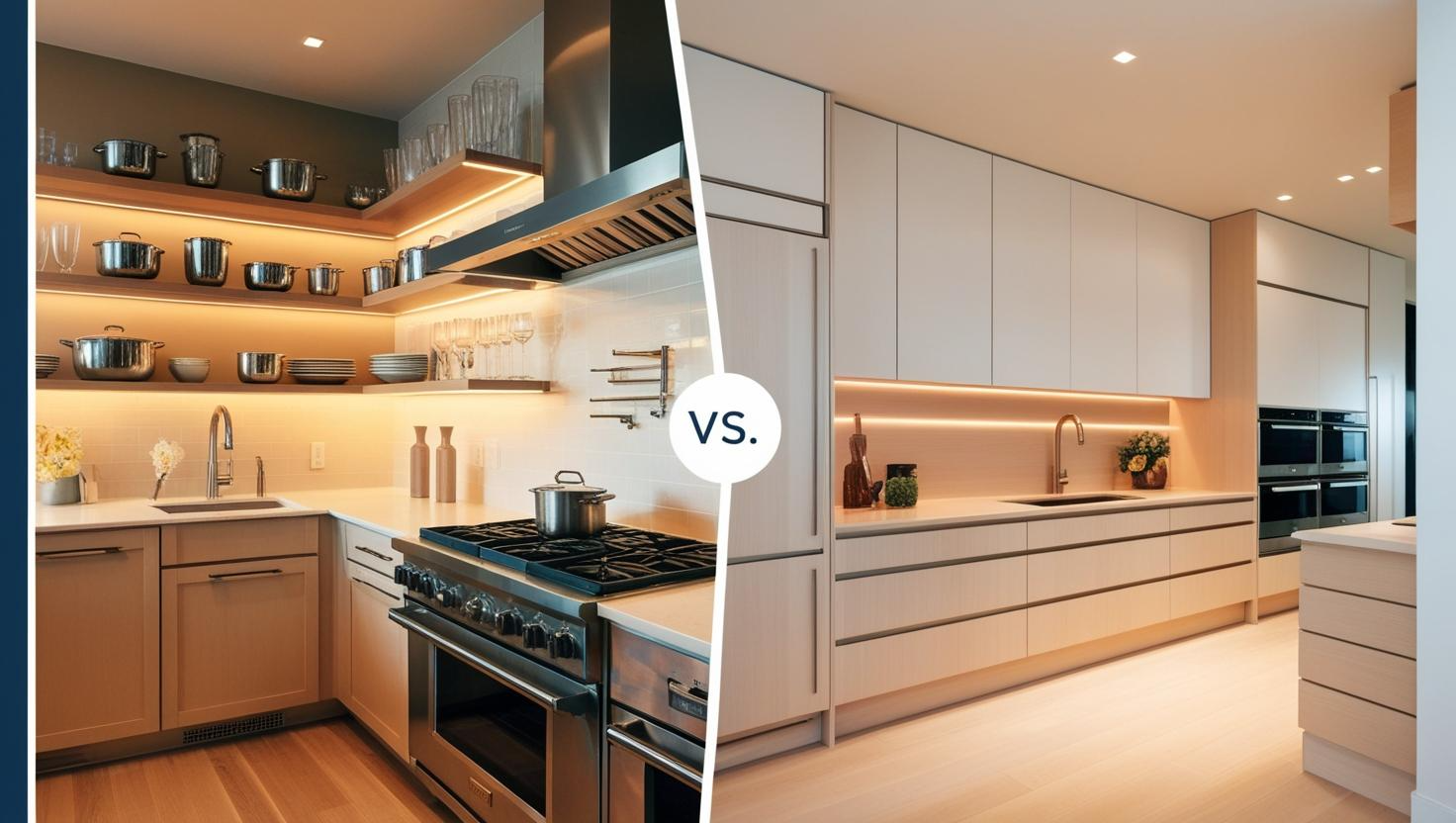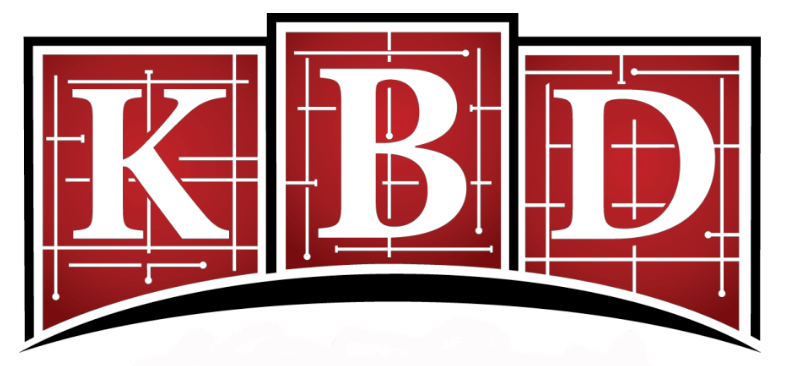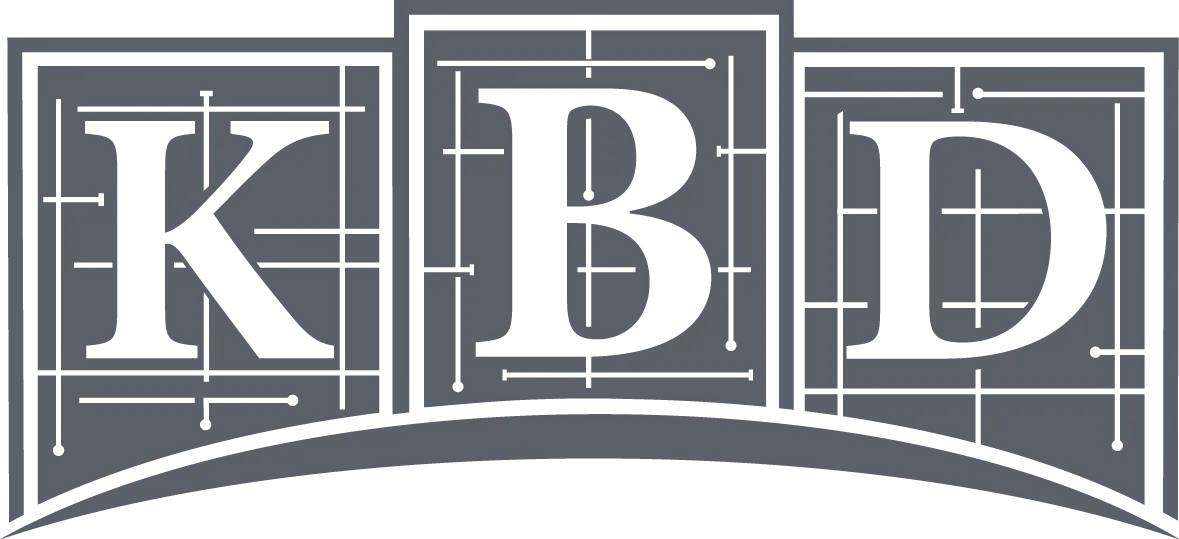Blog
The Pros and Cons of Open Shelving vs. Closed Cabinets
Weighing the benefits and drawbacks to help you decide the best fit for your kitchen

The Pros and Cons of Open Shelving vs. Closed Cabinets
When designing or remodeling a kitchen, one of the key decisions homeowners face is choosing between open shelving and closed cabinets. Both options offer distinct advantages and drawbacks, depending on your lifestyle, design preferences, and organizational habits. This guide breaks down the pros and cons of each, helping you make the right choice for your kitchen.
Open Shelving: A Modern Trend with Practical Benefits
Open shelving has gained popularity in recent years, becoming a staple in modern and minimalist kitchen designs. Here are the pros and cons to consider:
Pros of Open Shelving
- Aesthetic Appeal Open shelving creates an airy, open feel in the kitchen. It’s perfect for showcasing decorative dishware, plants, or cookbooks, adding a personal and stylish touch to your space.
- Easy Access With no cabinet doors to open, everything on your shelves is within easy reach. This makes open shelving particularly functional for everyday items like plates, bowls, or mugs.
- Cost-Effective Open shelving is often more affordable than closed cabinets. It requires fewer materials and can be an excellent option for homeowners remodeling on a budget.
- Customization Opportunities Shelves can be arranged in various configurations to suit your needs. You can mix materials like wood, glass, or metal to match your kitchen’s aesthetic.
Cons of Open Shelving
- Dust and Maintenance Without doors, items on open shelves are exposed to dust and grease, requiring frequent cleaning. This can be particularly inconvenient for rarely used items.
- Cluttered Appearance Open shelving demands careful organization. A cluttered or mismatched arrangement can make the kitchen feel chaotic rather than stylish.
- Limited Storage Open shelves may not offer as much storage space as closed cabinets, especially for bulky or unattractive items you’d rather keep hidden.
Closed Cabinets: Timeless and Practical
Closed cabinets remain the most traditional and widely used storage solution for kitchens. Here are the pros and cons of this classic choice:
Pros of Closed Cabinets
- Concealed Storage Closed cabinets are perfect for hiding items you don’t want on display, such as pantry staples, cleaning supplies, or less visually appealing cookware.
- Organized Appearance With doors that hide the contents, closed cabinets create a clean and streamlined look, even if the interior is less organized.
- Greater Storage Capacity Closed cabinets often include customizable options like adjustable shelves, pull-out drawers, and built-in organizers, maximizing their storage potential.
- Protection Cabinets keep items safe from dust, grease, and kitchen spills, reducing the need for frequent cleaning.
Cons of Closed Cabinets
- Higher Cost Closed cabinets are typically more expensive than open shelving due to the materials, hardware, and labor involved in their construction.
- Bulkier Design Cabinets can make a small kitchen feel more enclosed, especially if they are dark in color or extend to the ceiling.
- Accessibility It can be harder to find or access items stored in the back of closed cabinets, particularly in deep or corner cabinets.
Finding the Right Balance: Open Shelving and Closed Cabinets
For many homeowners, the best solution lies in combining both open shelving and closed cabinets. This hybrid approach offers the benefits of each while minimizing their drawbacks. Here’s how to make it work:
- Use Open Shelving Sparingly: Limit open shelving to areas where you can display your best items, like near the sink or above the countertop.
- Opt for Glass-Front Cabinets: If you want the visual appeal of open shelving without the dust, glass-front cabinets provide a happy medium.
- Mix Materials: Pair wooden shelves with painted cabinets or mix metal and glass for a contemporary touch.
- Create Zones: Use closed cabinets for hidden storage and open shelving for frequently used items or decorative pieces.
Key Considerations When Choosing
- Your Lifestyle If you prioritize practicality and low maintenance, closed cabinets may be the better choice. For those who love showcasing their style and don’t mind a little upkeep, open shelving could be ideal.
- Kitchen Size In smaller kitchens, open shelving can make the space feel larger and more open. However, closed cabinets offer essential storage for larger households with more kitchenware.
- Design Preferences Open shelving works well in modern, minimalist, or industrial-style kitchens, while closed cabinets are better suited for traditional or transitional designs.
- Budget Open shelving can save money on materials and labor, making it a great choice for budget-conscious remodels. Closed cabinets, while more expensive, often deliver a higher resale value.
Final Thoughts
Choosing between open shelving and closed cabinets ultimately depends on your priorities, kitchen size, and design preferences. By weighing the pros and cons of each option, you can create a space that’s both functional and beautiful.
Looking for expert advice? Visit www.kbyd.com to explore our cabinet solutions and find the perfect balance for your kitchen. Let’s make your dream kitchen a reality!

